As regular readers will already know Mrs Sciencebase and myself went on an expertly guided trip to Northern Greece in June 2024. We were there to see the local butterflies and birds, as well as a few moths, and any other wildlife that came into view and to enjoy the local food and drink. This is batch 4 of the butterfly photos. I am yet to process the birds, but that will happen soon, so subscribe to the newsfeed to get the word when the word is out.
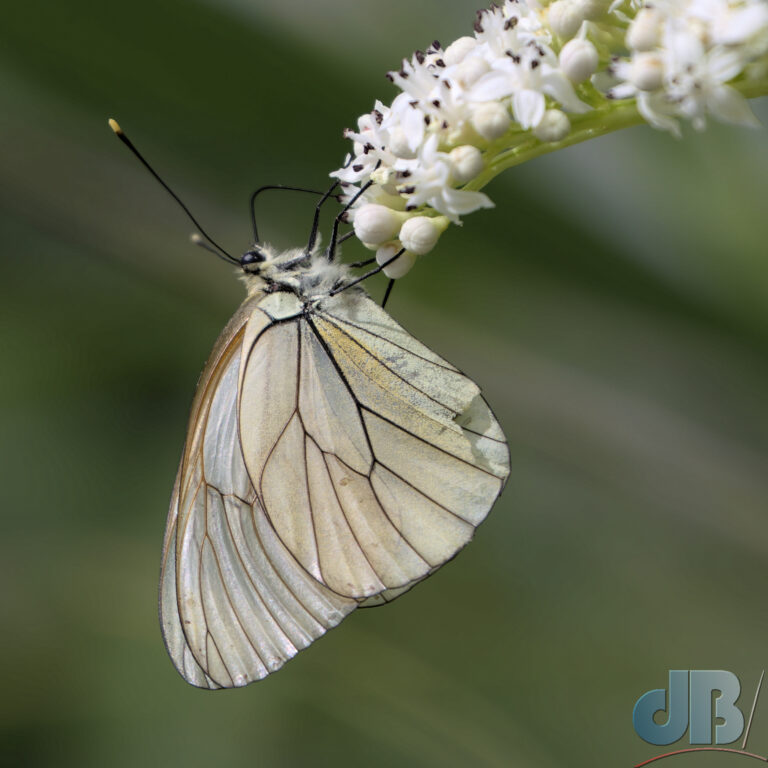
The Black-veined White is the species that keeps getting mentioned in the British media when people illicitly raise them from imported eggs and release them into the wild. It used to be on the British list, but no longer. With climate change and the right wind direction it may re-appear hear naturally. It doesn’t need fake introductions into inappropriate habitat that do nothing but distort the scientific data.
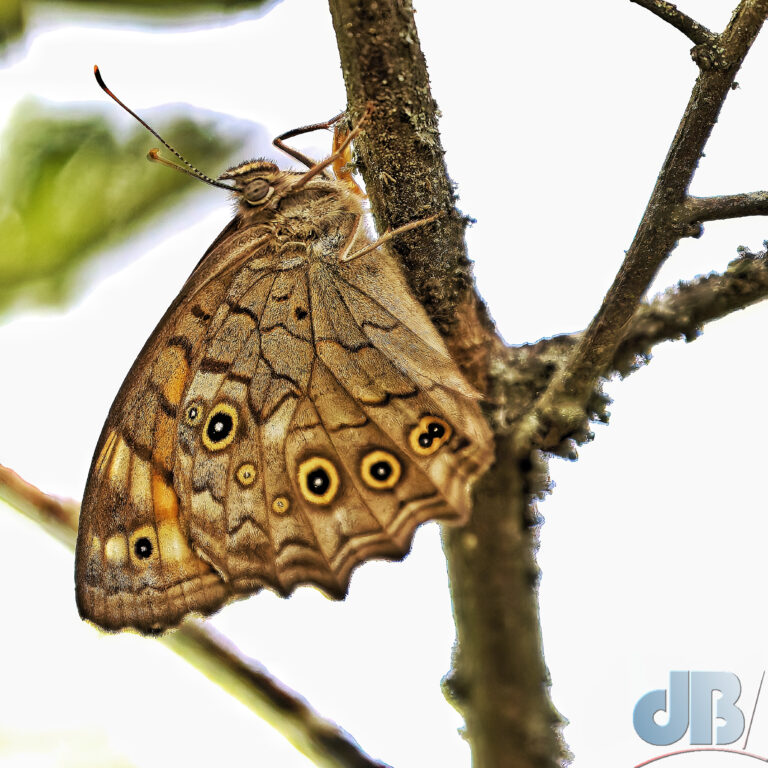
I think I was the last of our group to spot this species, Lattice Brown (Kirinia roxelana), Michael, Martine, and Tricia having seen it on the second day. I didn’t get this shot until the last day of the tour.
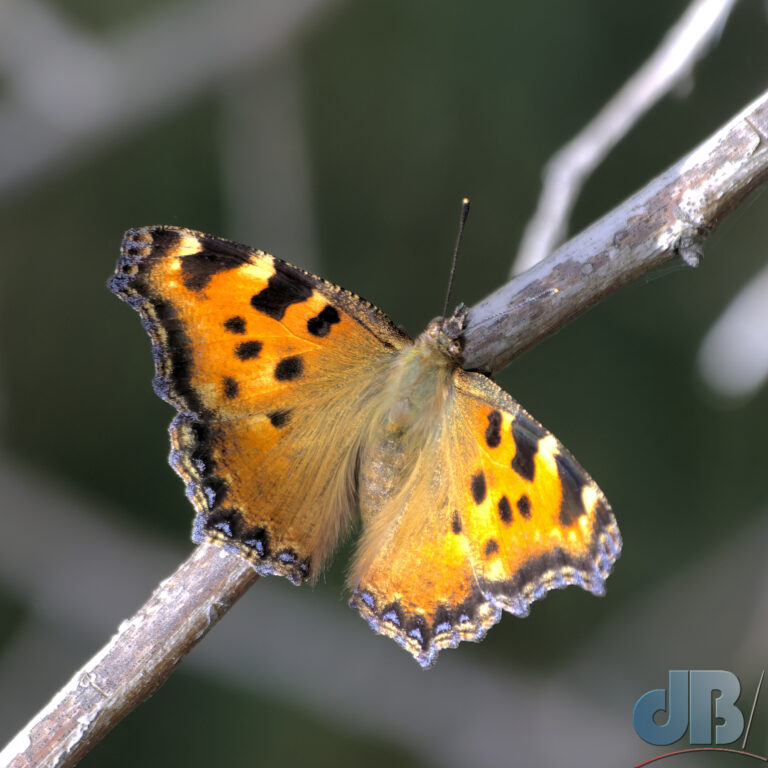 Large Tortoiseshell, Nymphalis polychloros, used to be an extant (the opposite of extinct) species in the UK, but no longer. That said, there have been occasional sightings, these are usually captive-bred specimens. There are hints that some are vagrants that have made it across The Channel. Of course, they are very much extant in Greece and elsewhere in mainland Europe. We were unable to see this one’s legs to check whether it was the yellow-legged species, N. xanthomelas.
Large Tortoiseshell, Nymphalis polychloros, used to be an extant (the opposite of extinct) species in the UK, but no longer. That said, there have been occasional sightings, these are usually captive-bred specimens. There are hints that some are vagrants that have made it across The Channel. Of course, they are very much extant in Greece and elsewhere in mainland Europe. We were unable to see this one’s legs to check whether it was the yellow-legged species, N. xanthomelas.
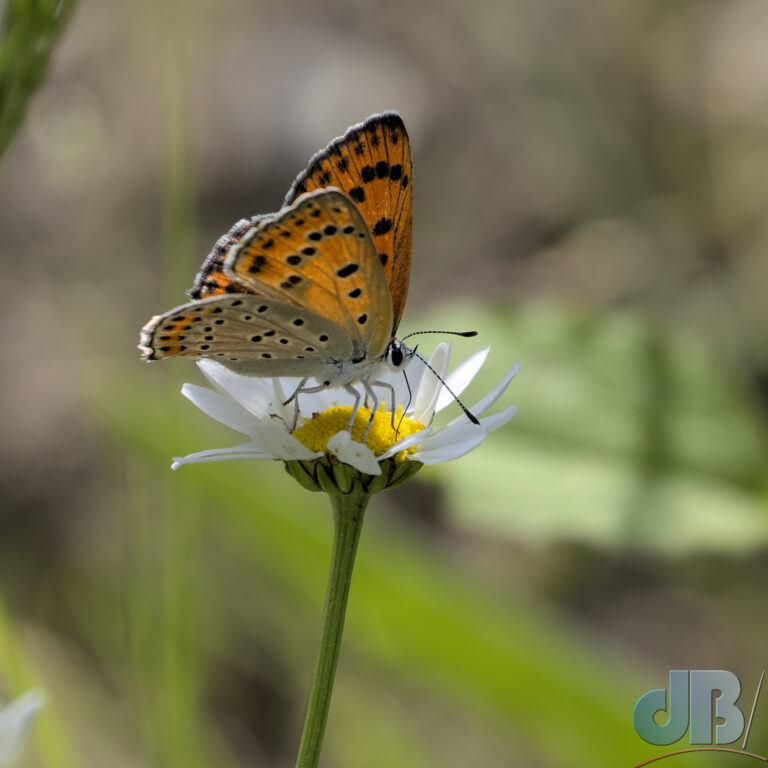
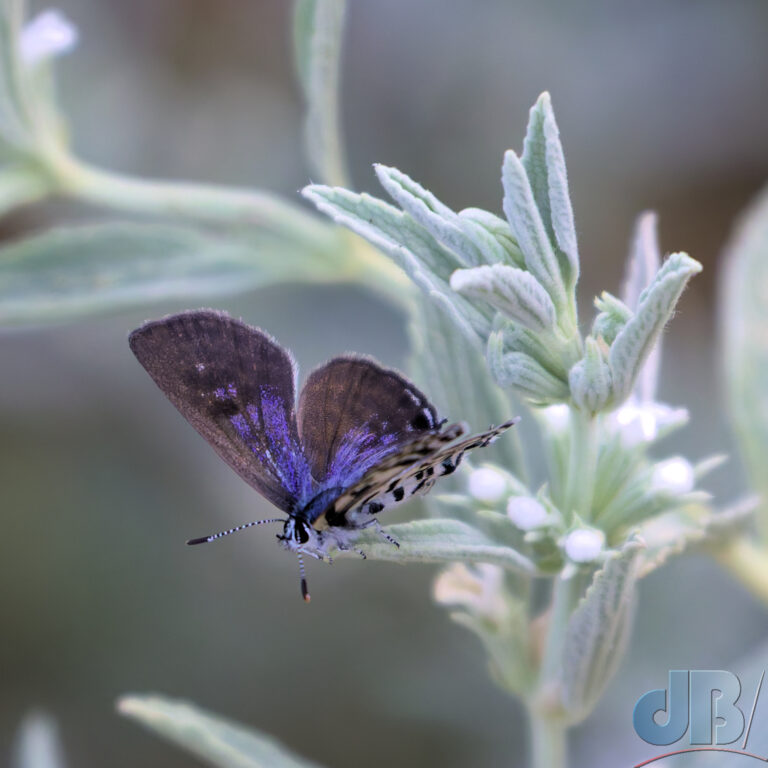
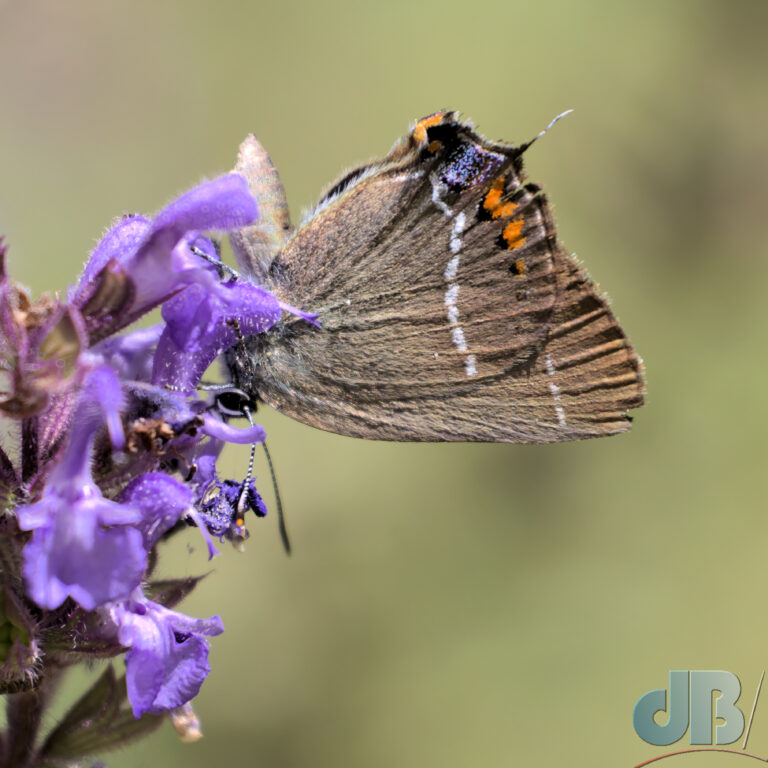
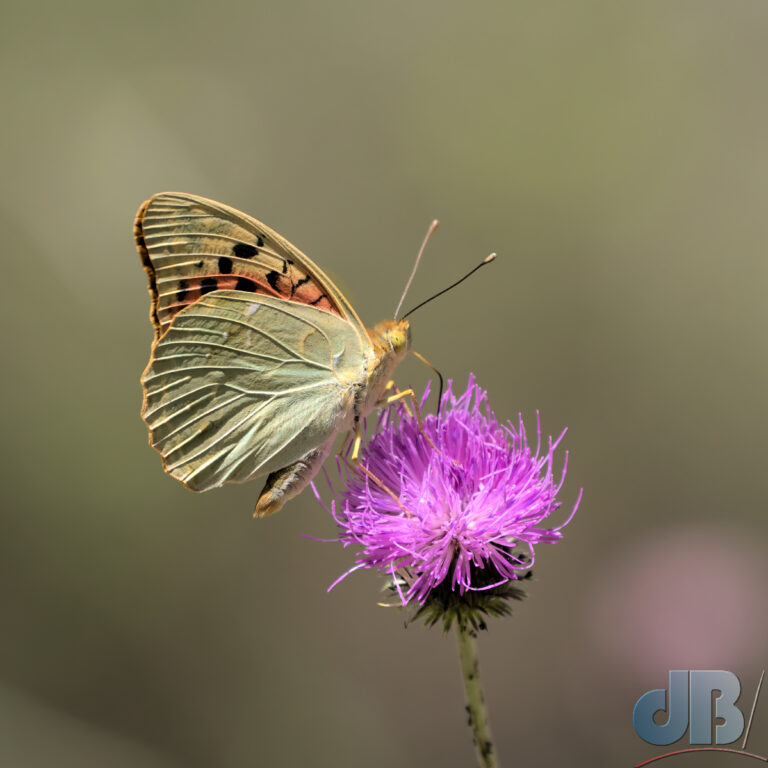
You might think The Cardinal, Argynnis pandora, is one of those fritillaries, it certainly looks like one, but that cardinal-red margin, marks it out as a bit different and so while it is certainly one of the Nymphalidae like the fritillaries it stands ecclesiastically apart
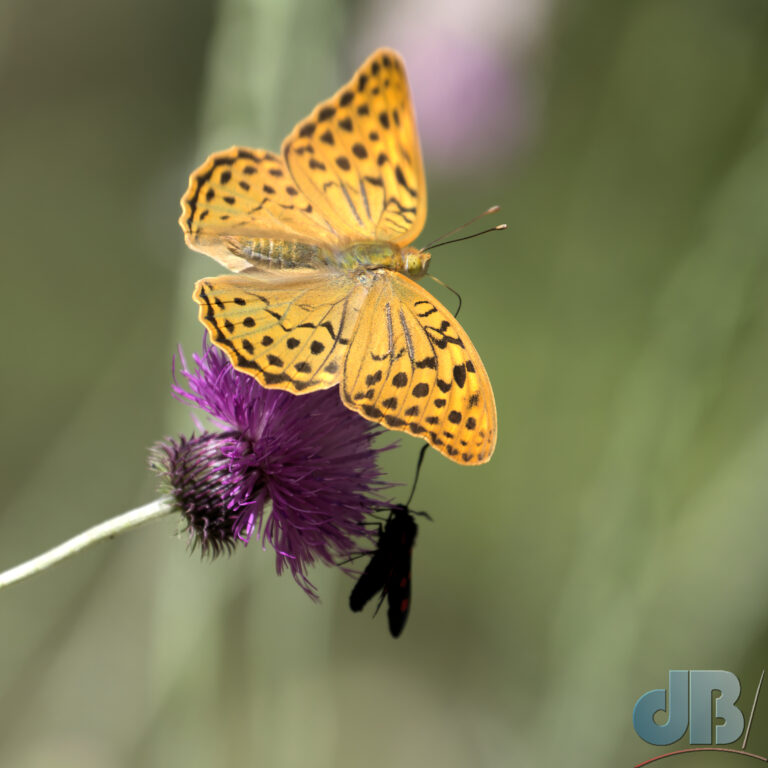
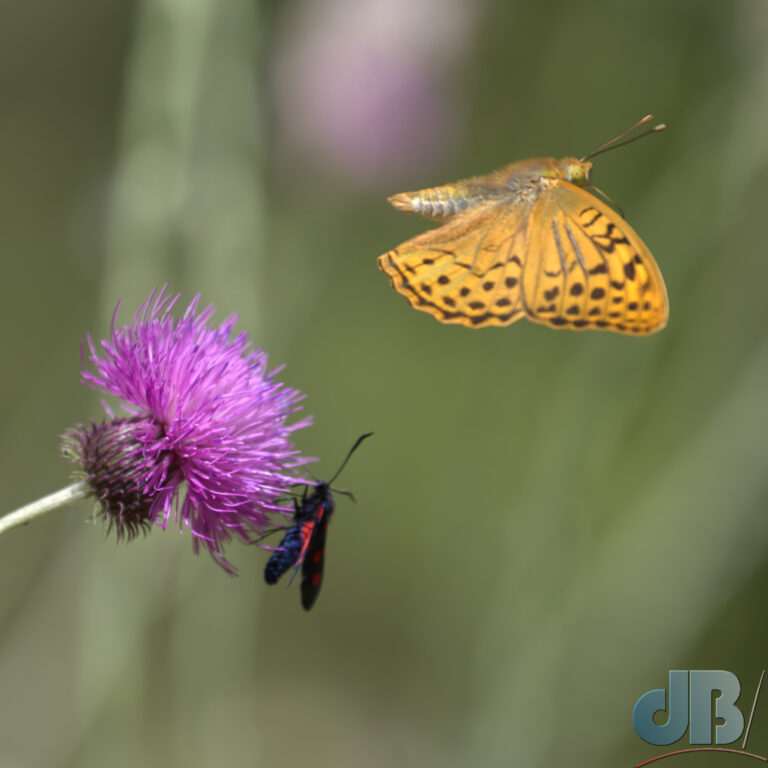
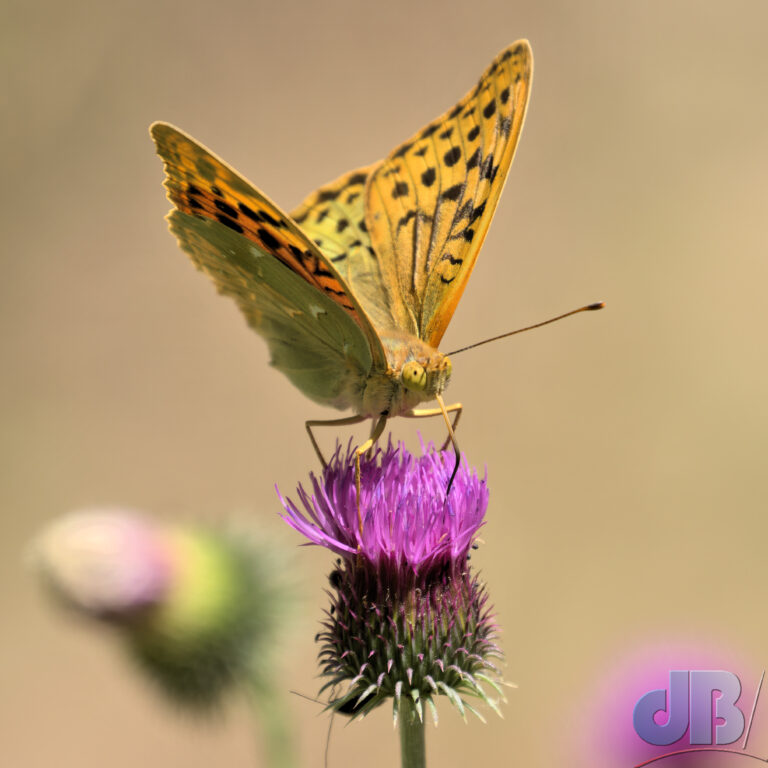
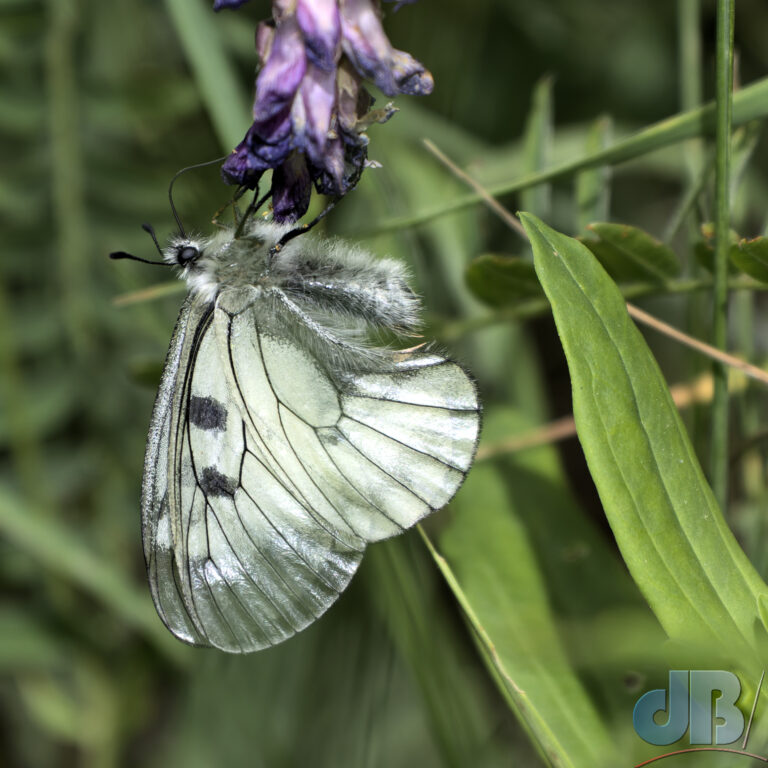

Black-veined White, Aporia crataeg
Lattice Brown, Kirinia roxelana
Large Tortoiseshell, Nymphalis polychloros, aka Blackleg Tortoiseshell
Lesser Fiery Copper, Lycaena thersamon
Little Tiger Blue, Tarucus balkanicus, aka the Balkan Pierrot
Blue-spot Hairstreak, Satyrium spini
The Cardinal, Argynnis Pandora
Clouded Apollo, Parnassius mnemosyne
Large Blue, Phengaris arion